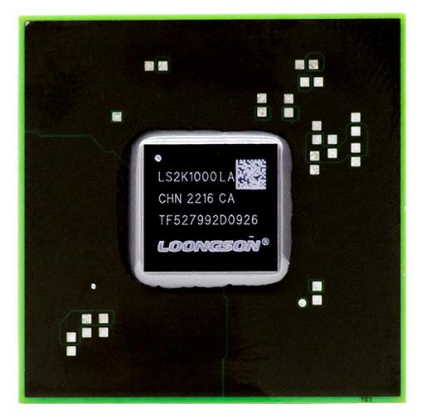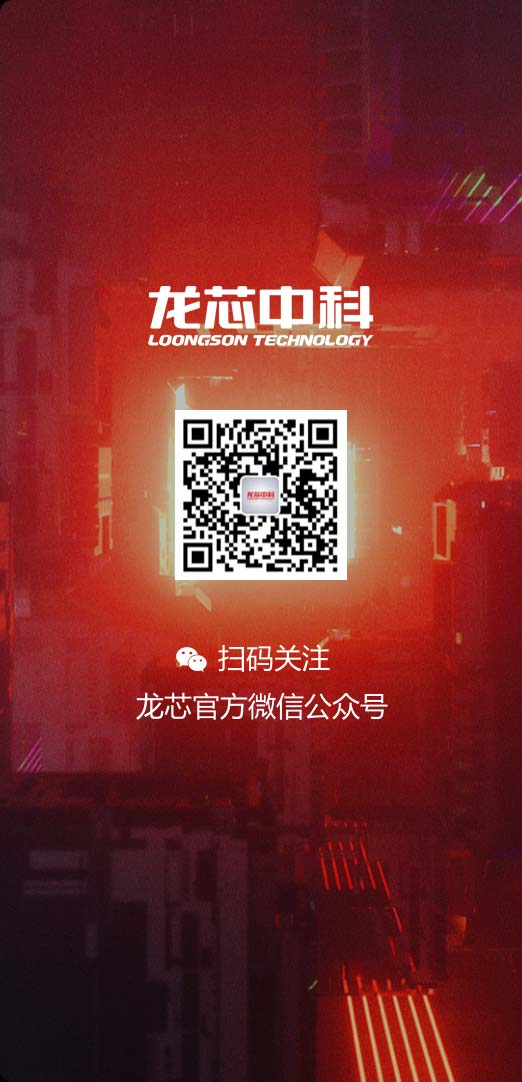successful tape-out of ls2k1000la marks full transition of loongson business to loongarch
at the end of april 2022, loongson technology completed the functionality and performance tests for ls2k1000la, an updated version of ls2k1000, and the chip is now undergoing user trials. the 2k1000la processor features new la264 cores based on loongarch while maintaining compatibility with the pins and interfaces of its original version. compared to 2k1000, ls2k1000la features stronger peripheral interfaces and higher reliability. it allows for direct replacement and upgrades on the original motherboard.

ls2k1000 series is a low-power and general-purpose processor for industrial control, terminal applications, and more. the chip has sufficient peripheral interfaces, including two pcie2.0, one sata2.0, four usb2.0, two dvo, 64-bit ddr2/3, and others. built upon 2k1000, the ls2k1000la is fully compatible with the hardware interfaces of its predecessor. using new processor cores and adjusted design, 2k1000la features optimized performance and power consumption. it can be widely applied in industries such as electric power, rail transit, petrochemicals, new energy, intelligent manufacturing, industrial iot, and industrial network security.
the launch of the ls2k1000la processor signifies that loongson's industrial control business has been fully shifted to loongarch, following the same transition of its information technology business in the second half of 2021. ls2k1000la is a mid-end processor for industrial control, while its counterparts—2k0500 developed in 2021 and 3a5000 developed in 2020—serve as low- and high-end processors respectively in the same field.
loongarch is a self-developed instruction set architecture launched in 2020 by loongson technology after twenty years of cpu development and ecosystem construction. so far, the construction of the loongarch ecosystem has achieved preliminary results. the isa natively supports all mainstream software and application development environments on the linux platform and is recognized by multiple top-tier open-source communities and domestic application software enterprises. it emerges as one of the mainstream architectures alongside x86 and arm.






